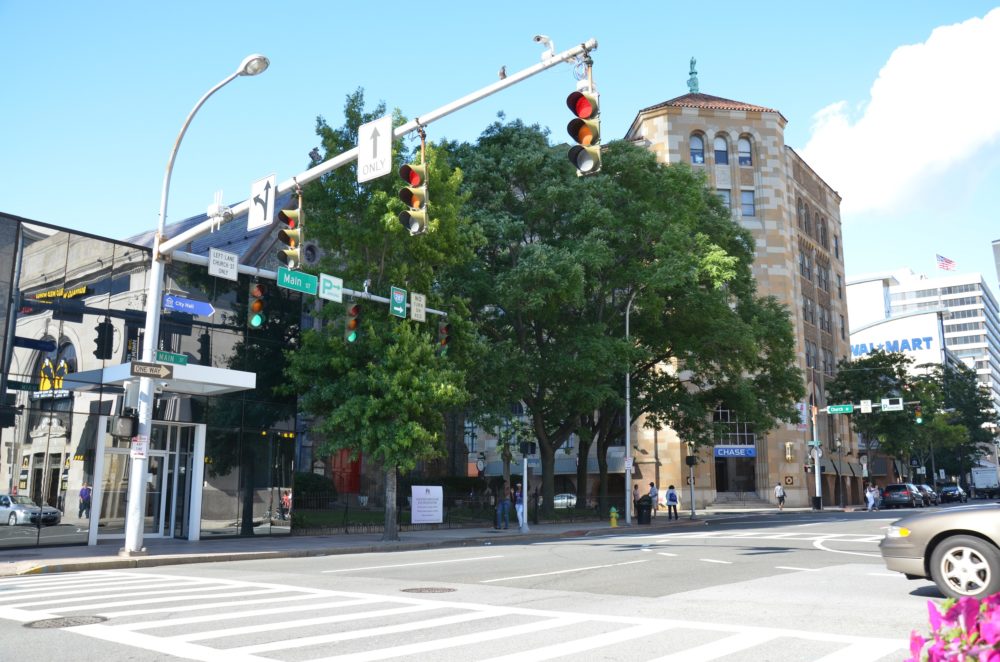Overview
LiRo’s Traffic Engineering group served as a consultant to the Westchester County Department of Public Works for a comprehensive analysis of 340 signalized intersections, controlled and operated by 17 different local municipalities.
About the Project
The study had two primary goals: to improve traffic flow and improve air quality. The goals were to be achieved by modifying traffic signal timing and phasing plans at these intersections. LiRo-Hill supervised the collection of turning movement counts, and took inventory of the signal control hardware at these key intersections. Traffic volumes, geometric data, signal phasing/ timings, and link- and-node information were entered into a series of SYNCHRO networks, to model different groups of intersections, based on their location and jurisdiction. Networks were prepared, and analyses were conducted, for the weekday AM and PM peak traffic hours.
Project Challenges & Solutions
LiRo-Hill had to overcome significant challenges to successfully complete this analysis. The study was conducted over a large geographical area, in communities with a wide range of population sizes, area characteristics, and traffic conditions. For example, one municipality had only a few isolated signals to study, while another had a complex network of more than 100 signals. Coordination between the signals, particularly at the borders of municipalities, had to be taken into account. Also, allowances had to be made for cities, such as White Plains, which has different signal timing requirements than many Westchester County municipalities, because of its significant volume of pedestrian traffic.












